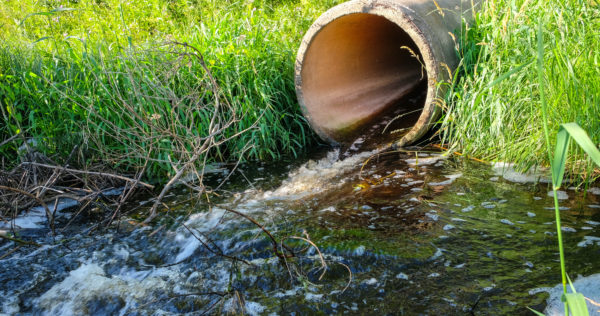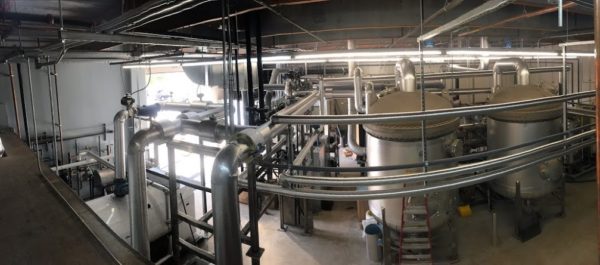
Wastewater Treatment
[/fusion_text][/fusion_builder_column]
[/fusion_builder_row][/fusion_builder_container]Evolving Effluent
Guidelines and Standards

Any business that discharges wastewater, whether to a sewer or directly to the environment, may require treatment of the water to meet discharge regulations or the limits specified in their discharge permit. In addition, sewer districts are now looking at the removal of specific emerging compounds, including PFAS, before they discharge their treated wastewater to the environment. Through the US Clean Water Act Effluent Guidelines planning process, the US EPA has reviewed PFAS surface water discharge information to identify industrial sources that may warrant further study for potential regulation through national Effluent Limitation Guidelines and Standards. The process has been initiated to designate PFOA and PFOS as Comprehensive Environmental Response, Compensation, and Liability Act (CERCLA) hazardous substances as part of the US EPA’s PFAS Action Plan, and many states are engaging in the process of establishing MCLs for PFAS compounds, so businesses in some industries are seeking to treat their wastewater to meet the new standards, even before they are established, in order to prevent potential liabilities and lawsuits.
Solutions to Unique
Wastewater Challenges

ECT2 provides a full range of products and services for the treatment of wastewater, including bench and pilot studies, design and engineering of temporary and permanent systems, installation, construction management, startup and commissioning, and ongoing operating contracts. PFAS compounds must be treated to low discharge standards, in the ppt range or lower, and wastewater contains a variety of ions and compounds at varying levels that must be taken into consideration for a properly designed and effective wastewater treatment system. ECT2 has experience in treating emerging contaminants in a variety of wastewater conditions. Our lab has the expertise to evaluate your unique wastewater characteristics and determine the most effective treatment solution. Our treatment systems are more efficient, require less space, and have a considerably lower life-cycle cost compared to traditional treatment systems.
Meer informatie? > Neem contact met ons op!
Case Studies:
RAAF Base Tindal, NT Australia
Treatment Objective > (0.07 ug/L PFOS + PFHxS) (0.56 ug/L PFOA) Waste Generated 37m3 Volume Treated To Date >2.5 billion litres Treatment Outcome Achieved [...]
Content:
Installation, Startup and Operation of the World’s First Regenerable Resin System for PFAS Removal
Poster presented at RPIC 2019 that shows the installation, startup and operation of the first regenerable resin system for PFAS removal, implemented at the former US Pease AFB.
